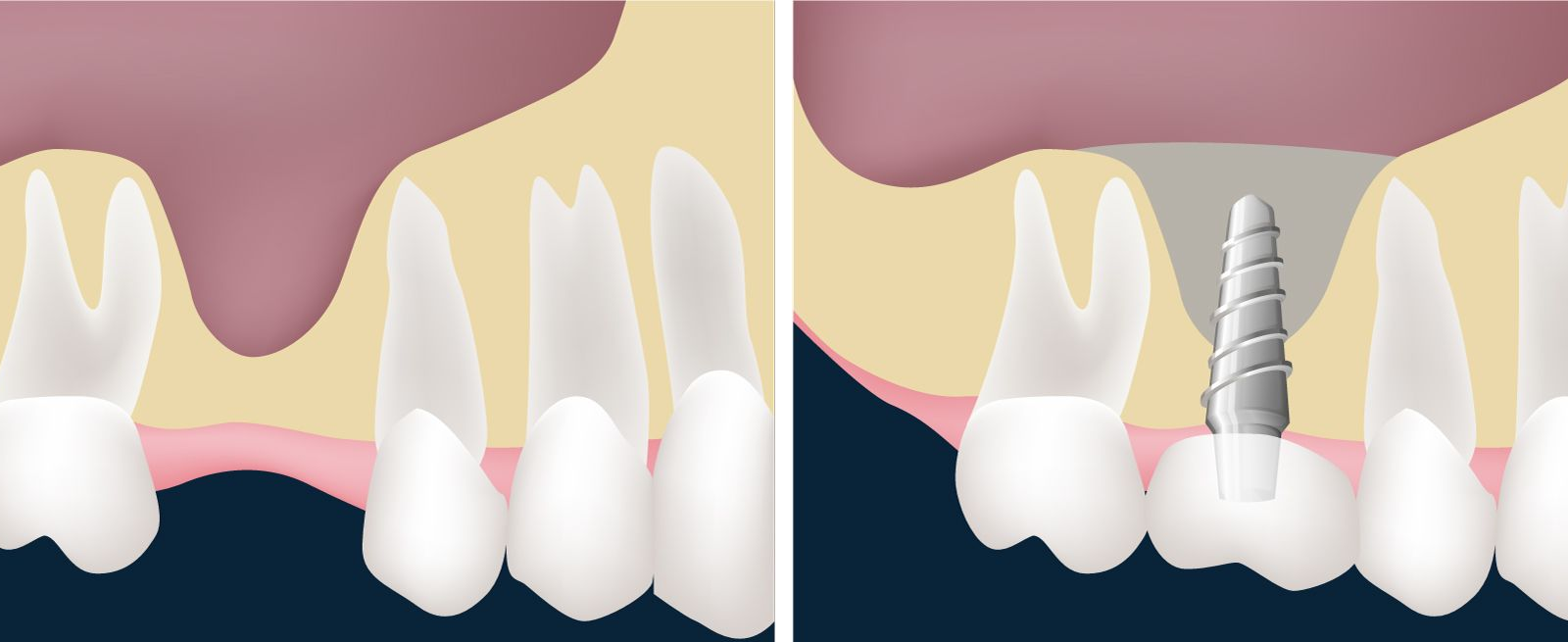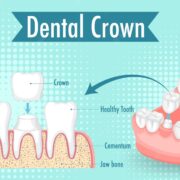Root canal surgery is commonly recommended for patients with dental pain and infection in the roots of their teeth. An infected or damaged root can be extremely painful and even result in the eventual loss of your tooth. In many cases, root canal treatment can successfully save a tooth that would otherwise have to be extracted. However, if you don’t want to lose your tooth, it’s important to know pros and cons of each option so you can make an informed decision about your treatment. Read on to learn more about dental implants and root canal as treatments for dental pain or infection.
What is a root canal?
Root canal therapy for teeth is a procedure in which the infected pulp of a tooth (the soft tissue inside the tooth that contains blood vessels and nerves) is removed and the inside of the tooth is cleaned and filled ( root canal treatment, endodontic therapy). This process allows the tooth to remain in your mouth, as the infection and nerve inside the tooth are removed. Root canal therapy is the most common dental procedure, yet many people are confused about what exactly it entails.
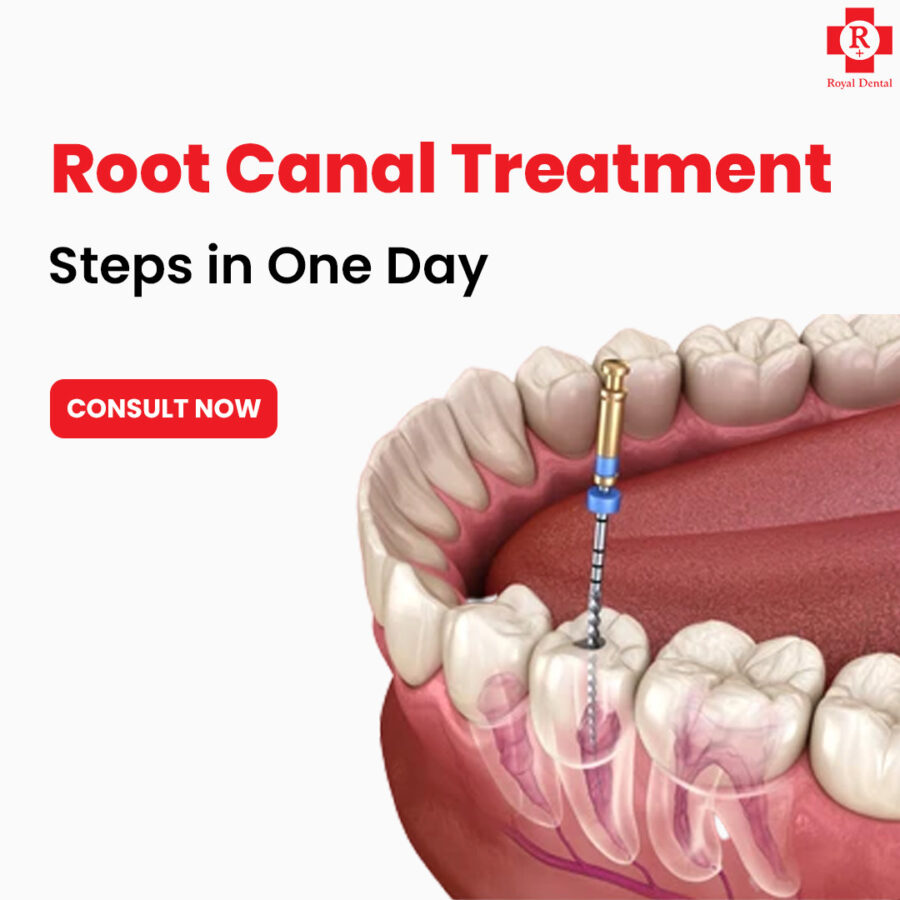
The root canal procedure is performed when a tooth has become infected. An infection in the tooth is not only painful, but it can also destroy the tooth as it spreads throughout its soft tissue. A root canal is performed in a single visit, although some people may need to return a few weeks after the first visit to finish the procedure. The tooth is numbed before the procedure begins, and you will be given antibiotics to take home to help prevent infection.
What are the steps in root canal?
Root canal therapy is done in three steps, and it takes between one and three sessions to complete.
1. Cleaning the root canal
First, the dentist removes everything that is inside the root canal. With the patient under local anesthesia, the dentist makes a small access hole on the surface of the tooth and removes the diseased and dead pulp tissue with very small files.
2. Filling the root canal
Next, the dentist cleans, shapes, and decontaminates the hollow area, using tiny files and irrigation solutions. Then, the tooth is filled with a rubber-like material, using adhesive cement to seal the canals completely. After root canal therapy, the tooth is dead. The patient will no longer feel any pain in that tooth because the nerve tissue has been removed, and the infection has been eliminated.

3. Adding a crown or filling
However, the tooth will be now more fragile than it was before. A tooth with no pulp must receive its nourishment from the ligament that attaches the tooth to the bone. This supply is adequate, but in time, the tooth will become more brittle, so a crown or filling offers protection. Until the crown or filling is complete, the patient should not chew or bite on the tooth. Once there is a crown or filling is done, the person can use the tooth as before.
Treatment often takes only one appointment, but if there are curved canals, multi-canals, or large infections, this could take one additional appointment. But most treatment at Royal Dental Clinics is completed in same sitting.
Benefits of root canal treatment
If a tooth has been diagnosed with an infection in the root, a root canal may be recommended to remove the infection from the tooth and allow it to remain in the patient’s mouth. You can still lose a tooth even after receiving a root canal.
The tooth may fracture or collapse because the infection has caused it to be significantly weakened.
If a tooth has been severely damaged, a root canal may be recommended to save it rather than having it extracted and replaced with a false tooth.

A root canal may be recommended when you have a tooth that is decayed to the root point.
Root canal treatment may be recommended when you have a tooth that has an abscessed tooth.
A root canal may be recommended when you have a tooth that has an infected pulp.
Disadvantages of root canal therapy
A significant portion of patients experiences chronic pain or discomfort in the tooth following a root canal. This is usually a result of the tooth being removed and replaced with a dental implant.
If the tooth has been weakened by the infection, the loss of the tooth may result in the collapse of the jawbone around the tooth socket.
Some patients end up needing extraction anyway because the treatment fails.
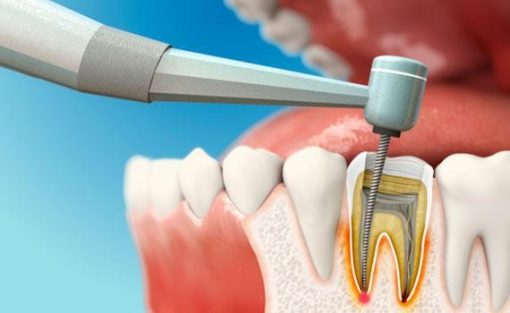
Others may have to have the tooth removed in addition to the root canal treatment for the infection to be successfully treated. For example, if a tooth has an abscessed tooth and needs a root canal, the root canal may not fully cure the infection.
In rare cases, patients report that the root canal procedure was more painful than the dental pain they were experiencing before they sought treatment.
What is an extraction?
With an extraction, we can save the existing bone and teeth around it which will help the natural process of healing and hopefully prevent further damages in the future. Implant surgery is a surgical procedure which requires a high level of precision and skill. The process itself requires two separate sessions – one to place anchors into your jawbone; and another to place the final prosthetic crown once your gums have fully healed from its first surgery.
What is a dental implant?
Dental implants are synthetic structures surgically placed on the jawbone to replace missing teeth. A dental implant functions just like a tooth root that has been surgically removed from the gum and placed into the jawbone. As the jawbone naturally grows around the implant, the synthetic root becomes a dental replacement that is stronger and healthier than the tooth it replaced.
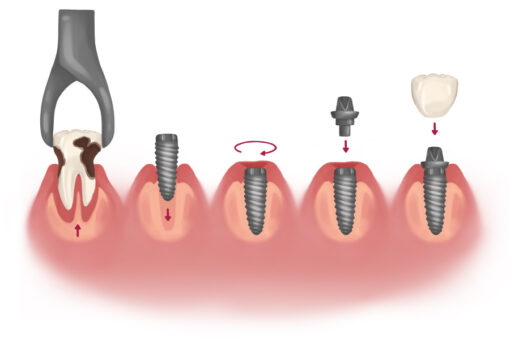
Dental implants can replace single teeth, multiple teeth, or even an entire mouthful of teeth. Implant surgery is generally brief, outpatient procedure with a very low risk of complications. Most people return to their daily routines soon after the procedure with only mild discomfort. While each person’s experience is unique, most people report that they are able to eat, drink and speak as they normally would following dental implant surgery.
Your Implant Will Usually Last You a Long Time!
Benefits of dental implant surgery
- If a tooth has been diagnosed with an infection in the root. A root canal may be recommended to remove the infection from the tooth and allow it to remain in the patient’s mouth. A dental implant may be recommended to replace the root with a synthetic structure.
- If a tooth has been severely damaged. A root canal may be recommended to save it rather than having it extracted and replaced with a false tooth. A dental implant may be recommended to replace the root with a synthetic structure.
- A dental implant may be recommended when you have a tooth that is decayed to the root point. Dental implant may be recommended when you have a tooth that has an abscessed tooth. A dental implant may be recommended when you have a tooth that has an infected pulp.
Disadvantages of dental implant surgery
Dental implant surgery requires the extraction of the tooth and socket that the implant is replacing. This is a permanent solution; the tooth is gone for good. Some patients experience complications from dental implant surgery, which can result in further dental procedures and may even result in the need for the tooth to be removed. In rare cases. Patients report that the dental implant procedure was more painful than the dental pain they were experiencing before they sought treatment.
Final words
Root canal and dental implant surgery are both serious and invasive procedures. While they may be the best option in some cases, they are not the right solution for everyone. The first step in finding the right treatment is to visit your dentist and discuss the different treatment options available to you. Only then can you make an informed decision about which treatment is best for you.

